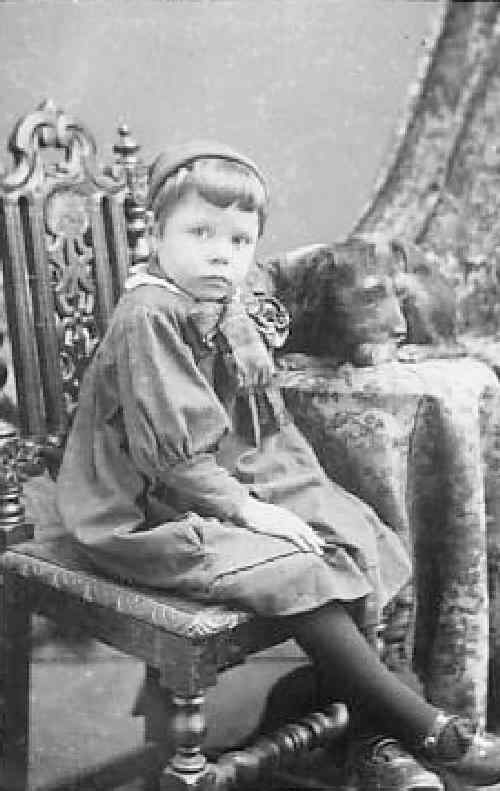
Figure 1.--This CDV portrait was taken in Knaresbrough. It looks like a late 19th century portrait. We believev the child is a boy, but we are not positive. |

|
We have very limited chronological information on smocks worn by German children during the 19th century. We know nothing about the early-19th century. They may have been worn in rural areas. Our German 19th century archive is not large, but large enough to suggest that smocks were not very common in the late-19th century. Thuis is when we begin seeing children wearing smaocks in France and other countries. For some reason the fashion never caught on in Germany. The CDV portrait here looks like a late-19th century portrait of a boy in a smock, but we are not positive (figure 1). It seemns a style for home wear. We would guess that he came from an affluent family. We know much more about the 20th cebtury. We have a very extensive archive and it is clear that smocks were not very common either in schools or at homes. We do note a variety of images of pre-school children wearing smocks which seems to continue into the 1930s. HBC has noted some younger German boys wearing smocks to school during the late-19th and early-20th century. After World War I (1914-18) smocks virtually disappeared as fashions associated with the English and French became unpopular. We do note boys wearing pinafore-smocks. The style seems to be primarily for boys as guirls more commonly wore actual, pinafores. After the NAZIs seized power in 1933, smocks were no longer seen in Germany, except for very young boys. Although we have found one snapshot of boys wearing smock-like garments after World War II in the late-1940s.
We have very limited chronological information on smocks worn by German children during the 19th century. We know nothing about the early-19th century. They may have been worn in rural areas. Our German 19th century archive is not large, but large enough to suggest that smocks were not very common in the late-19th century. Thuis is when we begin seeing children wearing smaocks in France and other countries. For some reason the fashion never caught on in Germany. The CDV portrait here looks like a late-19th century portrait of a boy in a smock, but we are not positive (figure 1). It seemns a style for home wear. We would guess that he came from an affluent family.
We know much more about the 20th century. We have a very extensive archive and it is clear that smocks were not very common for German children, both bioys and girls, either in schools or at homes during the 20th century . We do note a variety of images of pre-school children wearing smocks which seems to continue into the 1930s. HBC has noted some younger German boys wearing smocks to school during the late-19th and early-20th century. After World War I (1914-18) smocks virtually disappeared as fashions associated with the English and French became unpopular. We do note boys wearing pinafore-smocks. They differed from Fremnch smocks in that they did not have sleeves. The style seems to be primarily for boys as girls more commonly wore actual, pinafores which were very common in the earl-20th century. After the NAZIs seized power in 1933, smocks as far as we can tellwere no longer seen in Germany, except for very young boys who might still wear the pinafore smocks. We have found one snapshot of boys wearing smock-like garments after World War II in the late-1940s.
Navigate the Boys' Historical Clothing Smock-related pages:
[Return to the Main German smock page]
[Return to the Main school smock page]
[Pinafores]
[Fauntleroy suits]
[Fauntleroy dresses]
[Sailor hats]
[Park outings]
Navigate the Boys' Historical Clothing Web Site:
[Introduction]
[Activities]
[Bibliographies]
[Biographies]
[Chronology]
[Clothing styles]
[Countries]
[Contributions]
[FAQs]
[German glossary]
[Glossary]
[Images]
[Links]
[Registration]
[Tools]
[Boys' Clothing Home]
